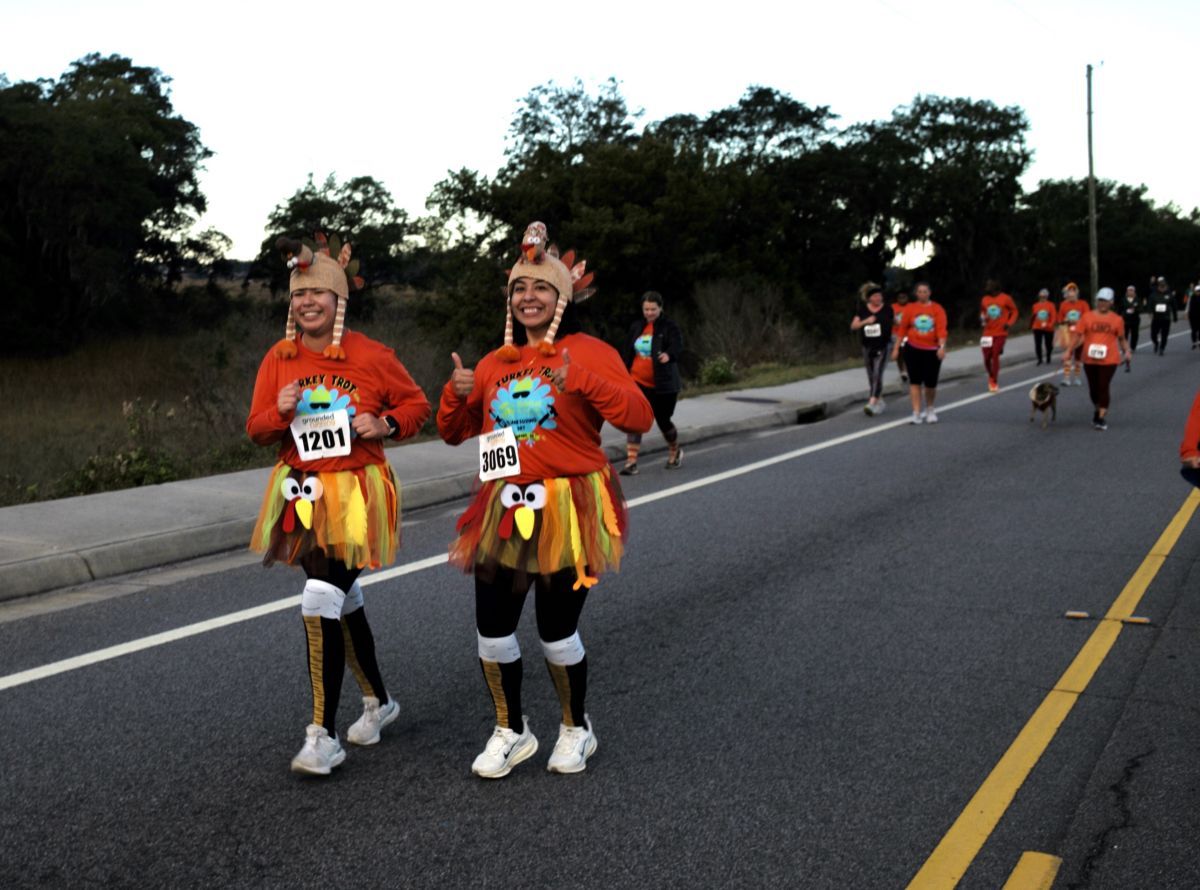By Tony Mills
Chalk it up as a serious case of the “heebie jeebies”…I am still not sure what got into me that day. The setting was the Palmetto Sportsmen’s Classic, a huge fishing-hunting festival in Columbia, South Carolina. Our education program had assembled a group of non-game wetland animals for the audience of sports enthusiasts to view. As usual, I was manning my booth, telling stories, and expounding about the three-inch-long predaceous insect I was holding in my hand. I was referring to it metaphorically as a miniature great white shark of the wetland ecosystem. I went into great detail describing its piercing, sucking mouthparts and its ability to inject digestive juices into its hapless prey turning the insides into liquid for ingestion. A large group of families began to assemble around our booth during this overly-dramatic diatribe.
As I pointed out the animal’s fine swimming limbs, it reached out and unexpectedly grabbed my finger with one of its appendages and pricked my finger in the process. As you guys know by now, much of my life has been spent handling wild animals. However, on that particular day, my gut reaction was to fling the animal away from me, unfortunately in the direction of the group on the other side of the table. The bug landed on an unsuspecting lady’s shoulder causing her to convulse violently and then flick the insect onto the person next to her. A chain reaction occurred and thus developed into a small riot around my booth. The animal was eventually batted to the floor where it remained upside down thrusting frantically upward in an effort to right itself. Fortunately, a teenage girl calmly reached down and expertly picked up the bug and handed it to me. She informed me that she was an amateur entomologist and absolutely loved bugs.
I guess it is a good thing that giant waterbugs don’t get any bigger than they do. They are voracious predators often feeding on fish, crayfish, salamanders and frogs twice their size. You may have heard them referred to as “toe biters” because of their painful bite or “electric light bugs” because of their tendency to fly to tennis court lights or baseball fields at night. They have the abilities of walking, flying or swimming, but are mostly aquatic, living in our wetlands in the lowcountry.
We have a variety of aquatic insects on Spring Island ranging from the microscopic to the biggest bugs and beetles. The giant water bug (Lethocerus americanus) belongs to an order called Hemipterans (true bugs) which includes a variety of “stink bugs”, “assassin bugs”, “leaf-footed bugs”, “water scorpions” and others. The bite of Lethocerus to humans, although very painful, is not overly dangerous and usually does not require medical attention. As usual, I have personal experience involving giant waterbug bites! Sure, our giant water bug is pretty impressive, but tropical waterbugs may reach 5 inches or more in length. In Southeast Asia, they are commonly deep fried and eaten as a delicacy.
I guess, I still continue to tell stories and share the wonders of local wildlife to people around me. I am just a bit more careful these days. Hey, look on the bright side. At least I wasn’t holding a water moccasin!






